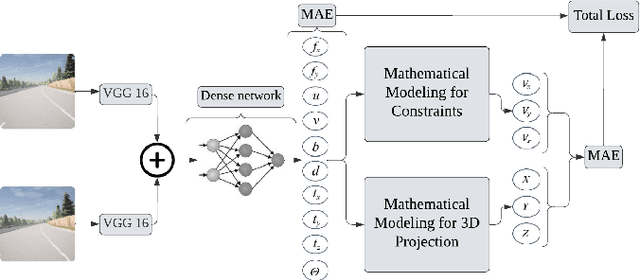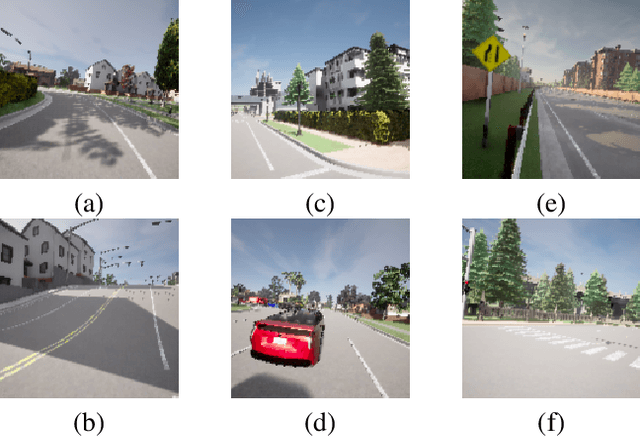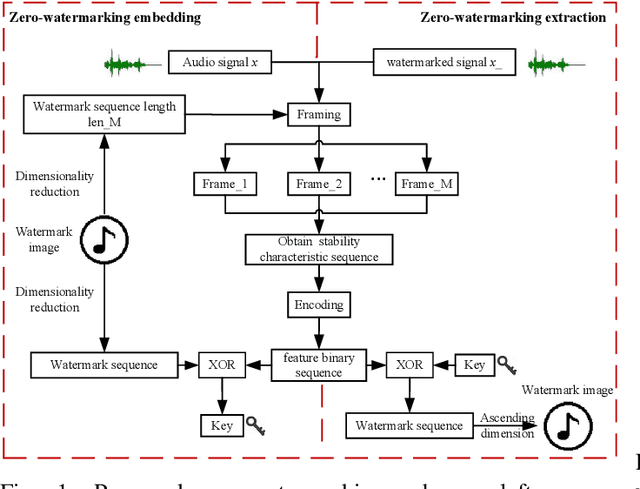Abdul Rauf
Camera Calibration through Geometric Constraints from Rotation and Projection Matrices
Feb 20, 2024



Abstract:The process of camera calibration involves estimating the intrinsic and extrinsic parameters, which are essential for accurately performing tasks such as 3D reconstruction, object tracking and augmented reality. In this work, we propose a novel constraints-based loss for measuring the intrinsic (focal length: $(f_x, f_y)$ and principal point: $(p_x, p_y)$) and extrinsic (baseline: ($b$), disparity: ($d$), translation: $(t_x, t_y, t_z)$, and rotation specifically pitch: $(\theta_p)$) camera parameters. Our novel constraints are based on geometric properties inherent in the camera model, including the anatomy of the projection matrix (vanishing points, image of world origin, axis planes) and the orthonormality of the rotation matrix. Thus we proposed a novel Unsupervised Geometric Constraint Loss (UGCL) via a multitask learning framework. Our methodology is a hybrid approach that employs the learning power of a neural network to estimate the desired parameters along with the underlying mathematical properties inherent in the camera projection matrix. This distinctive approach not only enhances the interpretability of the model but also facilitates a more informed learning process. Additionally, we introduce a new CVGL Camera Calibration dataset, featuring over 900 configurations of camera parameters, incorporating 63,600 image pairs that closely mirror real-world conditions. By training and testing on both synthetic and real-world datasets, our proposed approach demonstrates improvements across all parameters when compared to the state-of-the-art (SOTA) benchmarks. The code and the updated dataset can be found here: https://github.com/CVLABLUMS/CVGL-Camera-Calibration
Graph Fourier Transform based Audio Zero-watermarking
Sep 16, 2021



Abstract:The frequent exchange of multimedia information in the present era projects an increasing demand for copyright protection. In this work, we propose a novel audio zero-watermarking technology based on graph Fourier transform for enhancing the robustness with respect to copyright protection. In this approach, the combined shift operator is used to construct the graph signal, upon which the graph Fourier analysis is performed. The selected maximum absolute graph Fourier coefficients representing the characteristics of the audio segment are then encoded into a feature binary sequence using K-means algorithm. Finally, the resultant feature binary sequence is XOR-ed with the watermark binary sequence to realize the embedding of the zero-watermarking. The experimental studies show that the proposed approach performs more effectively in resisting common or synchronization attacks than the existing state-of-the-art methods.
 Add to Chrome
Add to Chrome Add to Firefox
Add to Firefox Add to Edge
Add to Edge